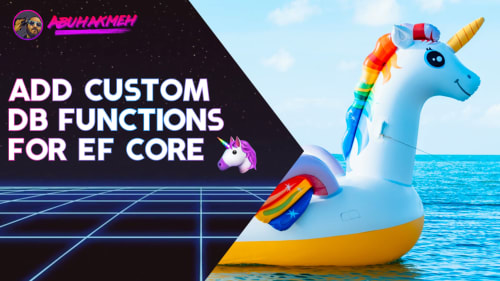Equality might seem straightforward, but it tends to get fuzzier the longer you think about it. When it comes to programming, there are two general thoughts around equality.
The first is the idea of precise equality. Given two references to objects, do the two references point to the same location in memory? Programming languages are suited for this kind of comparison, and .NET comes with many prebuilt operators to handle this case.
The second form is logical equality. Anyone who has worked with databases understands the idea of identifiers and their use case for distinguishing sameness. Developers define reasons for equality in code, but the logic can be composed of smaller precise equality comparisons.
In this post, we’ll see how we can implement the IEqualityComparer interface in C# and how it can help us define logical comparisons. Additionally, we’ll see how we can use our implementation in code.
The Player Class
We first need to define a class that needs comparison with another instance of the class. For this post, we’ll be using a Player class with two properties.
Looking at our Player class, we may start to craft a rule for our application.
All players are distinguished by their
Username
It seems like a good rule. Let’s see how we can implement the IEqualityComparer to make sure we can work with collections of Player instances.
The Setup
Let’s set up a simple collection with four Player instances, but two unique players.
As we can see from the code sample, there are two unique players: khalidabuhakmeh and nicoleabuhakmeh. Our next step is to implement the IEqualityComparer. Let’s first look at the interface itself.
As we can see, to satisfy the interface, we need to implement two methods: Equals and GetHashCode. Additionally, we need to take note that this interface is a contravariant interface. Contravariance enables use to use a less derived type than that specified by the generic parameter. In our case, we could pass in an object instance instead of a Player instance.
Let’s walk through each line of the Equals method:
- If it is the same instance, then it is the same object. Precise equality means logical equality.
- If either
Playerinstance isnull, then we cannot compare the two usernames. The two players cannot be equal. - Comparing types is optional and depends on your inheritance structure, but in this case, if the two players aren’t the same type, then they are not equal.
- Finally, we compare the
Usernamefor each player instance.
As a matter of style, we could encapsulate the equality comparer in our Player class and expose the IEqualityComparer through a static property.
Finally, we can use the equality comparer to find the distinct players in our collection.
We get the following result from running our application.
Conclusion
When dealing with comparison, it is essential to understand the difference between precise comparison and logical comparison. Luckily for us, .NET has the IEqualityComparer that is used by LINQ. As we saw above, it doesn’t take much code. As our model evolves, we’ll likely have to extend our comparers, so always thinking about what “equal” means now and what it could mean in the future is a valuable exercise.
I hope you found this post helpful, and please leave a comment.

 Photo by
Photo by 


